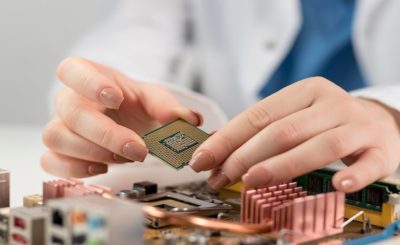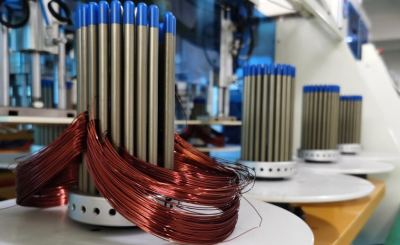Introduction
The flow of information between devices and gateways is a crucial aspect of IoT systems. LoRaWAN technology enables this flow of information, enabling long-range, low-power communication between devices and gateways.
According to a report by Semtech, as of July 2021, there are more than 175 million LoRa-enabled end nodes and more than 1 million LoRaWAN gateways deployed worldwide.
In this blog, we will explore the flow of information between devices and gateways in IoT systems and the advantages of LoRaWAN communication.
Communication between devices and gateways
Devices and gateways play a vital role in an IoT system. Devices are the endpoints that collect data, while gateways are the devices that enable communication between devices and the internet. In a LoRaWAN system, LoRa gateways are used to receive data from LoRaWAN devices and transmit it to a network server.
LoRaWAN Protocol Stack
The LoRaWAN protocol stack consists of three layers: The physical layer, the MAC layer, and the Application layer. The Physical layer helps in the transmission of data transmission, while the MAC layer manages the communication between the devices and the network server. The Application layer communicates between the application server and the network server.
Information Flow from Devices to Gateways
In an IoT system, devices transmit data packets to the nearest LoRaWAN gateway. The devices use LoRa modulation technology to transmit the data packets over the air to the gateway. The data packets are encrypted to ensure secure communication.
The LoRaWAN gateway receives the data packets and forwards them to the network server through a backhaul connection, such as Ethernet or cellular. The gateway can receive data packets from multiple devices simultaneously, enabling it to serve several groups of devices at once.
The gateway also performs a critical function called “packet forwarding.” It takes data packets received from the devices and forwards them to the network server. The gateway is responsible for handling the radio protocol between the devices and the network server.
The LoRaWAN protocol ensures that the data packets are transmitted with a specific structure. Each packet contains a unique identifier for the device, which enables the gateway and network server to identify the device and its location.
Overall, the information flow from devices to gateways in a LoRaWAN system is crucial for enabling long-range, low-power communication between devices and gateways. The LoRaWAN gateway serves as the bridge between the devices and the internet, forwarding data packets from devices to the network server for further processing.
Information Flow from Gateways to Devices
The downlink communication process involves the transmission of data from the gateways to the devices. The application server sends data to the network server, which then sends it to the nearest LoRaWAN gateway. The gateway then forwards the data to the devices.
LoRa Gateway to Cloud Communication
The LoRaWAN gateways communicate with cloud servers through the network servers and application servers. The network server manages the communication between the gateways and the application servers.
Advantages of LoRaWAN Communication
LoRaWAN communication offers several advantages over other communication technologies. It is highly scalable, allowing for the addition of thousands of devices to a single network. It is also low-power, enabling devices to operate for extended periods without requiring battery replacements. LoRaWAN communication is also cost-effective and offers long-range communication capabilities.
Conclusion
In conclusion, the flow of information between devices and gateways is a vital aspect of IoT systems. LoRaWAN technology enables this flow of information, enabling long-range, low-power communication between devices and gateways. The LoRaWAN protocol stack and communication processes are critical components of LoRaWAN communication. LoRaWAN communication offers several advantages: scalability, low power consumption, cost-effectiveness, and long-range communication capabilities.
FAQs
Q: What is LoRaWAN?
A: LoRaWAN is a low-power, long-range wireless communication technology used for IoT applications.
Q: What is a LoRa Gateway?
A: A LoRa gateway is a device that enables communication between LoRaWAN devices and the internet.
Q: How do devices and gateways communicate with each other in an IoT system?
A: In a LoRaWAN system, devices transmit data packets, which are received by the nearest LoRaWAN gateway.
Q: What is the LoRaWAN protocol stack?
A: The LoRaWAN protocol stack consists of three layers: Physical layer, MAC layer, and Application layer.
Q: What are the advantages of LoRaWAN communication?
A: LoRaWAN communication offers several advantages, including scalability, low-power consumption, cost-effectiveness, and long-range communication capabilities.








